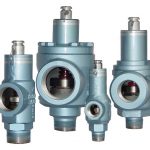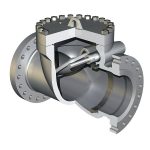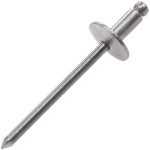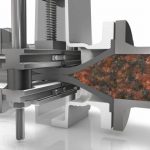The Popping Test or Pop Test is a set pressure test of Pressure Relief Valve (PRV). It is done by compressing air into the inlet of PRV until the valve opens. Engineers then compare the opening force with the set pressure of the PRV to see whether the valve functions as specified.
In this article, you will learn the process of a pressure relief valve popping test, testing methods, and other types of pressure tests.
Pressure Relief Valve Popping Test Process
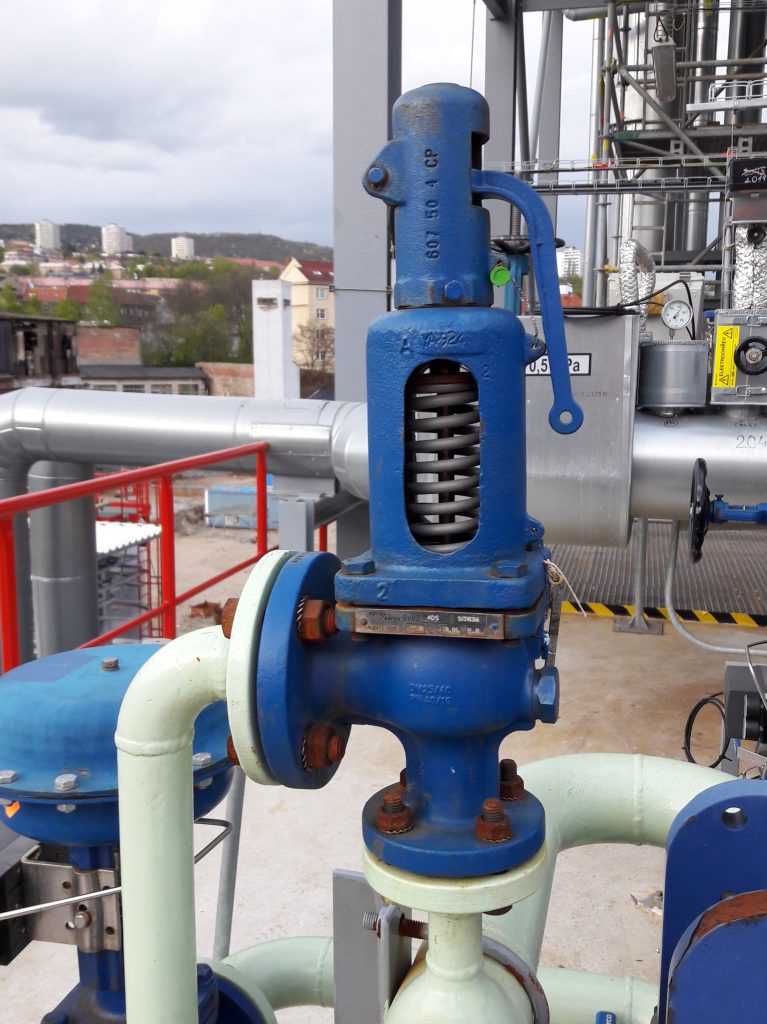
A Pressure Relief Valve (PRV) is a safety device designed to protect a pressurized vessel or system during an overpressure event.
When pressure surpasses the safety threshold, relief valves pop off. The “popping off” action expels surplus pressure until the tank’s pressure drops to the designated minimum pressure. The valve then resets and closes automatically after completing the blowdown procedure.
A pressure indicator that contains a full-scale range higher than the pop-off pressure is a vital testing safety measure.
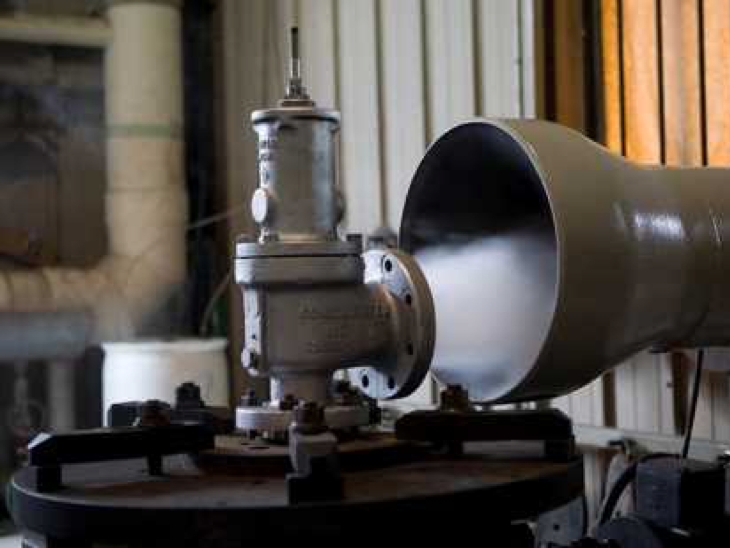
Safety is imperative and test technicians should always behave as if the valve under pressure will physically implode at any moment. ASME Section I Division VIII covers testing criteria for pressure vessel and boiler applications. Other codes such as API may apply depending on the application.
At a minimum, connect the PRV, a pressure reference gauge, and an external pressure source to start.
Step 1:
Before testing, determine the set pressure of the PRV. Properly manufactured and serviced PRVs have a set pressure engraved on a tag that’s riveted onto the body. Ensure the gauge you’re using has the proper measuring range for the pressure you’ve set.
Step 2:
Slowly increase pressure from your external pressure source until an audible pop or see an abrupt release. Take a note of the reading at that precise moment.
Step 3:
Reduce the pressure gradually and record the reseating pressure (the pressure at which the valve closes). This happens instantly if the pressure source contains too low of a volume, thus making the seating pressure too hard to record.
Step 4:
Repeat as many times as necessary, ideally at least 3 times, while keeping track of all pressure measurements for confirmation.
Even though the fundamental PRV testing technique is relatively straightforward, it produces results based on simple observation with minimal backing data. Provision of signed certifications allows for little to no traceability other than the technician’s word.
For individuals and companies that test valves frequently, using transmitters and digital data recording provides a more robust testing recod.
Pop Test Safety Tips
Always stay within the test stand’s pressure limits and ensure the test stand erects correctly. Ensure the valve’s escaping pressure directs away from the operator and that everyone in the test area wears safety shields and eye protection.
With this in mind, the application of pressure Relief Valves should be assigned only to fully trained personnel and strictly comply with rules provided by the governing codes and standards.
Testing Methods
The three most frequent pressure relief valve tests are bench testing, in-line testing, and manual testing.
Bench Testing
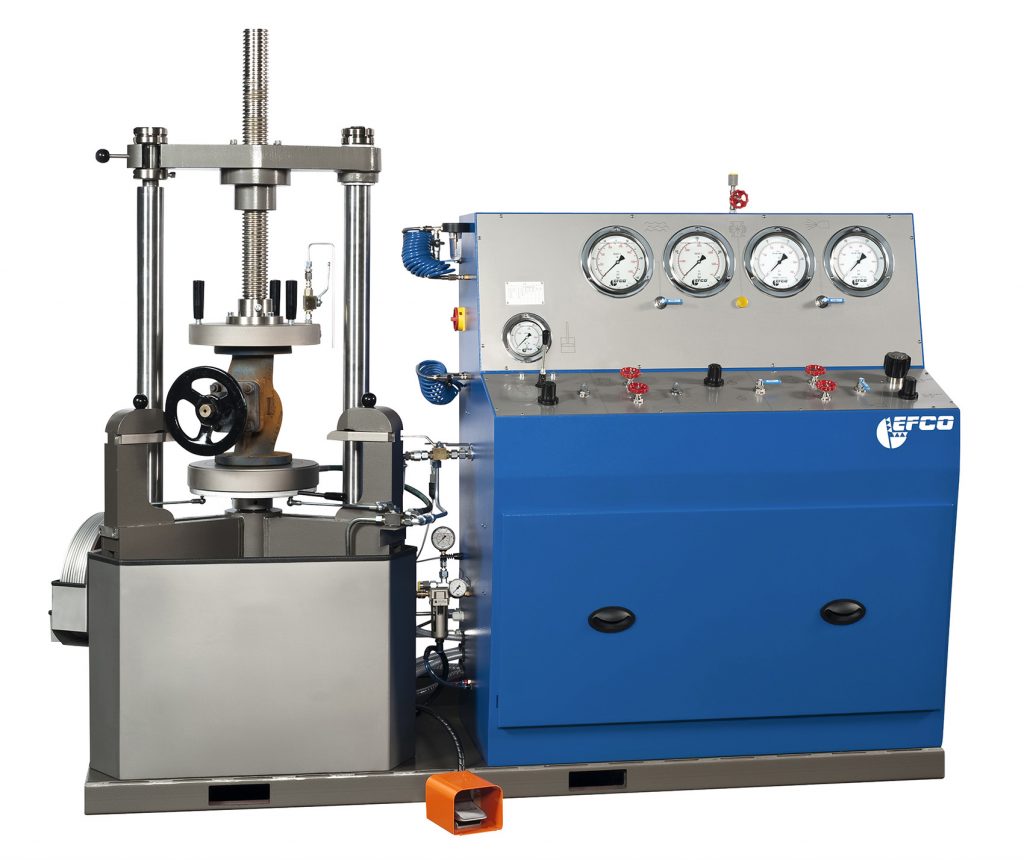
Bench testing provides the most popular type of pressure relief valve testing because it allows for work to occur in a controlled shop environment. Testing of valves that have already been in service, requires shutdown of the process system. Then, a lab takes receipt of the valve, checks it, and prepares it for testing.
Upon a successful popping test, the valve delivers to the site and is installed by a qualified technician.
Inline Testing
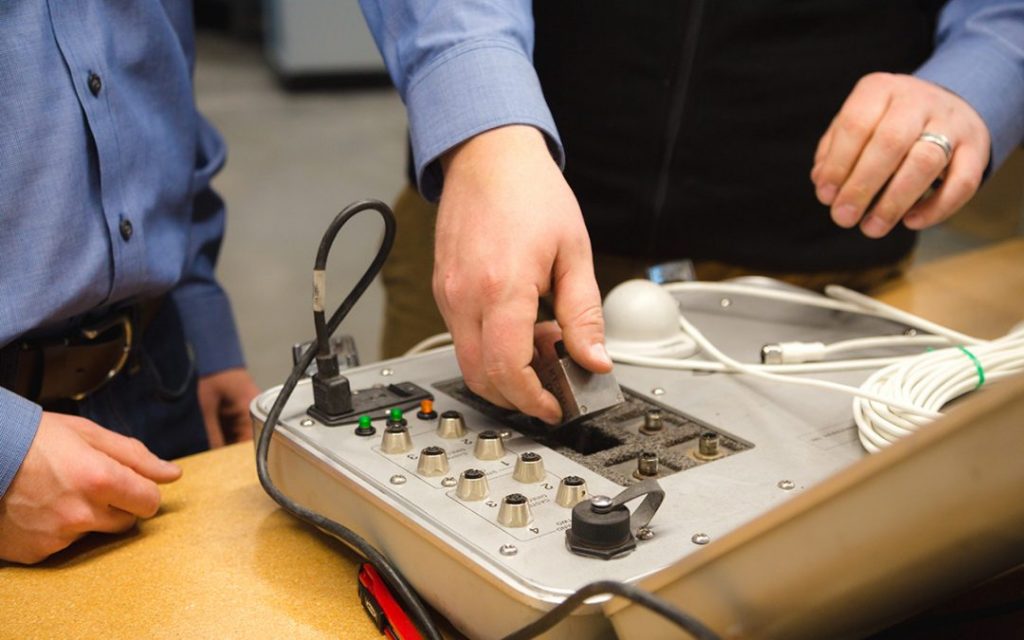
An accurate pressure relief valve testing approach that does not need valve removal or facility downtime is inline testing. A competent technician can test valves in the system using inline safety relief valve testing equipment to determine the actual setpoint. Any testing that does not require bench testing may be a suitable candidate for inline pressure relief valve testing. It does away with the downtime requirement and delivers highly accurate results.
Operated in Place

While not a popping test, all pressure relief valves require regular manual testing. An operated-in-place test occurs by manually activating the test lever on the valve. This ensures the valve can open and close tightly, but it does not validate its opening and closing pressure. This test requires quarterly or bi-annually to ensure the most basic functionality of safety relief valves.
Other Types of Pressure Tests
Accumulation Test
The accumulation test is a boiler safety test that determines whether the safety valves can release steam quickly enough to keep the pressure rising by 10%. The main steam stop valve closes during this safety valve accumulation test. With the burner on, it validates that the steam pressure will not climb over 10% prior to the safety valve releasing excess steam pressure to the atmosphere.
Hydro Test
Hydro testing, more formally called hydrostatic testing, is performed on pressure vessels to check for leaks. This testing completely fills a pressure vessel with water and pressures it. Once pressurized, leaks can be detected. Testing occurs in accordance with ASME Section VIII Division I.
